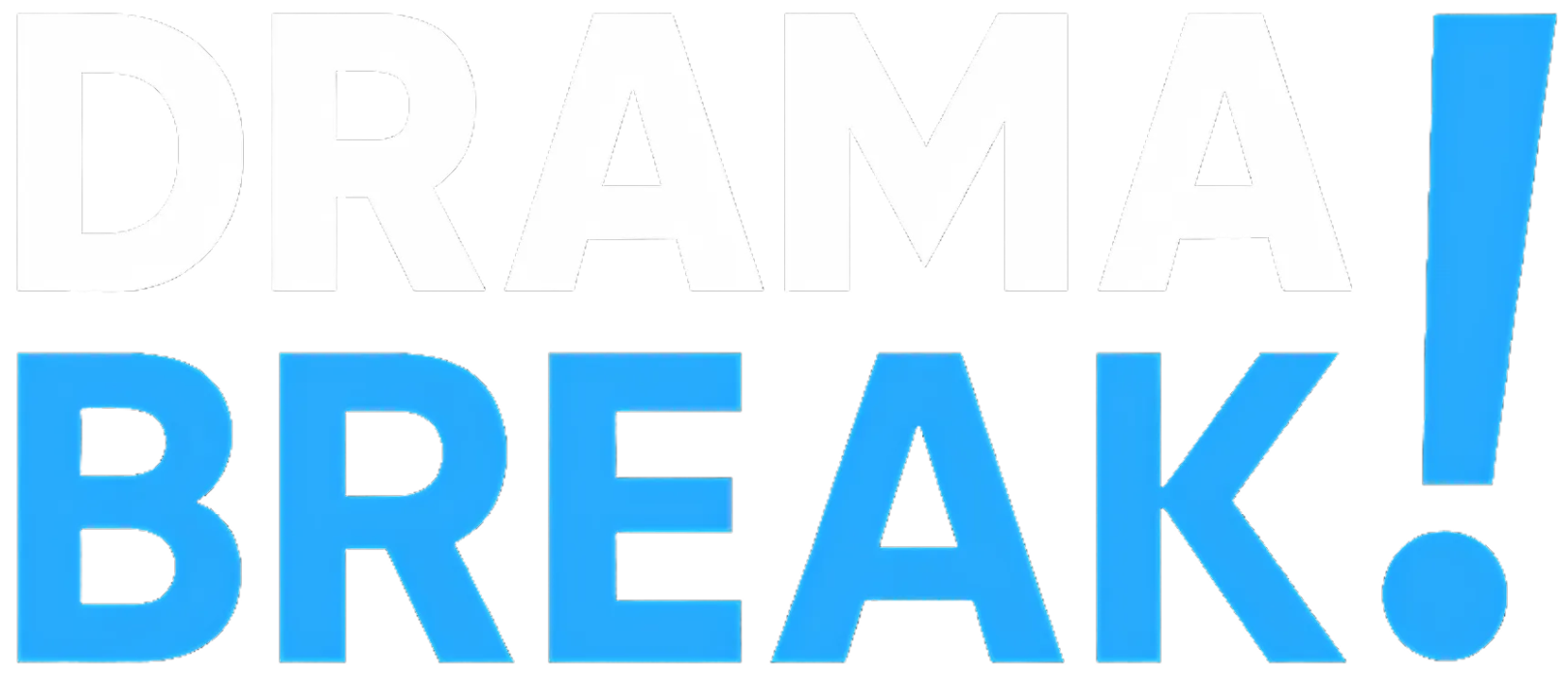Federal investigators have decided that the wildfire that leveled a lot of Pacific Palisades on Jan. 7 was a so-called “holdover” from a smaller fireplace that was set deliberately on New 12 months’s Day, a few week earlier.
After Los Angeles firefighters suppressed the Jan. 1 fireplace referred to as the Lachman fireplace, it continued to smolder and burn underground, “unbeknownst to anybody,” in response to federal officers. They stated heavy winds six days later triggered the underground fireplace to floor and unfold above floor in what turned one of many costliest and most harmful disasters in metropolis historical past.
The revelations — unveiled in a felony grievance and hooked up affidavit Wednesday charging the alleged arsonist, Jonathan Rinderknecht — increase questions on what the Los Angeles Hearth Division may have performed to forestall the conflagration within the days main as much as the anticipated windstorm on Jan. 7 and the extraordinary fireplace threat that may include it.
“This affidavit places the duty on the fireplace division,” stated Ed Nordskog, former head of the Los Angeles County Sheriff’s Division’s arson unit. “There must be a fee analyzing why this rekindled fireplace was allowed to reignite.”
He added: “The arsonist set the primary fireplace, however the Hearth Division proactively has an obligation to do sure issues.”
A Instances investigation discovered that LAFD officers didn’t pre-deploy any engines to the Palisades forward of the Jan. 7 fireplace, regardless of warnings about excessive climate. In making ready for the winds, the division staffed up solely 5 of greater than 40 engines out there to complement the common firefighting pressure.
These engines may have been pre-positioned within the Palisades and elsewhere, as had been performed prior to now throughout comparable climate.
Kenny Cooper, particular agent in command of the Bureau of Alcohol, Tobacco, Firearms and Explosives who was concerned within the investigation into the Palisades fireplace’s origin, stated the blame for the fireplace’s re-ignition lies solely with the one that began it.
“That fireside burned deep throughout the floor, in roots and in construction, and remained lively for a number of days,” Cooper stated. “Irrespective of how good they’re, they’ll’t see that, proper?”
However, he stated, wildland firefighters generally patrol for days or perhaps weeks to forestall re-ignitions.
When he labored at a state forestry company, he stated, “we’d have a lightning strike, and it will hit a tree, and it will burn for days, generally weeks, after which ignite right into a forest fireplace. We might go suppress that, after which day by day, for weeks on finish, we’d patrol these areas to verify they didn’t reignite,” he stated. “If we noticed proof of smoke or warmth, then we would offer sources to that. In order that, I do know that’s a standard apply, and it’s simply, it’s a really troublesome fireplace burning underground.”
The affidavit gives a window into the firefighting timeline on Jan. 1, when simply after midnight, the Lachman fireplace was ignited close to a small clearing close to the Temescal Ridge Path.
12:13 a.m.: A picture taken from a UCSD digicam, roughly two-tenths of a mile away, exhibits a shiny spot within the higher left — the Lachman fireplace.
12:20 a.m.: Rinderknecht drives down Palisades Drive, passing fireplace engines heading up Palisades Drive, responding to the fireplace.
That evening, the LAFD, with assist from the Los Angeles County Hearth Division, used water drops from plane and hose strains, in addition to handlines dug by L.A. County crews, to assault the fireplace, in response to the grievance. Firefighters continued suppression efforts throughout the day on Jan. 1, wetting down areas throughout the fireplace perimeter. When the suppression efforts had been over, the affidavit stated, the fireplace crews left fireplace hoses on web site, in case they wanted to be redeployed.
Jan. 2: LAFD personnel returned to the scene to gather the fireplace hoses. In response to the affidavit, it appeared to them that the fireplace was totally extinguished.
However investigators decided that throughout the Lachman fireplace, a firebrand turned seated throughout the dense vegetation, persevering with to smolder and burn throughout the roots underground. Sturdy winds introduced the embers to the floor, to develop right into a lethal conflagration.

